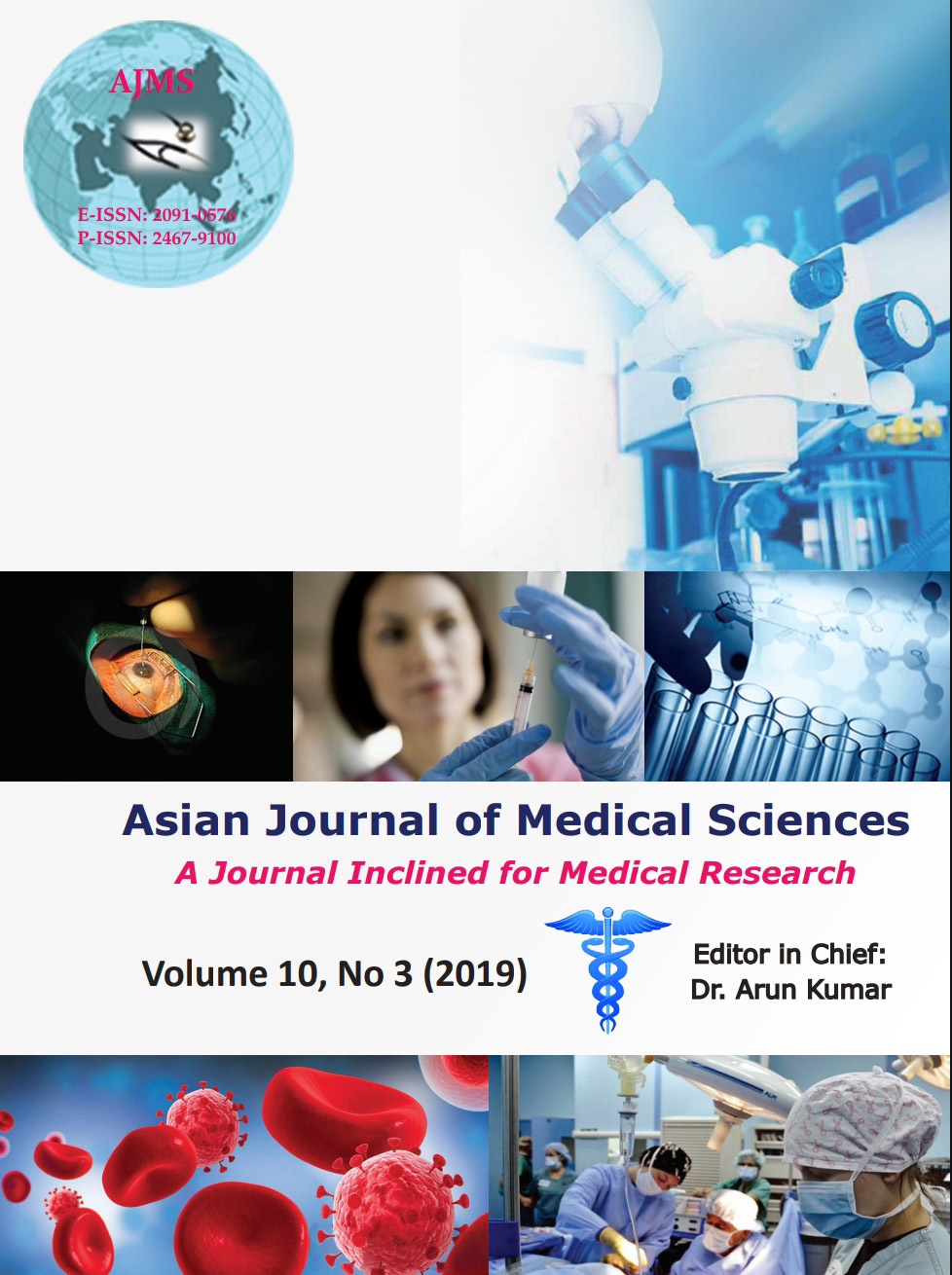Histogenesis of suprarenal glands at different gestational age groups
Keywords:
Adrenal Gland, Gestational Age, Gonadal ridge, Supra renal ridge, Sympatho-Chromaffin cells, Fetal Zone, Primitive CortexAbstract
Background: The human foetal suprarenal gland is structurally variant from its adult counterpart. The most distinctive features of human foetal suprarenal gland and histologically unique foetal zone, was described first by Elliott and Armour in 1911. After the first trimester, the centrally located foetal zone accounts for most of the foetal adrenal mass. The outer zone of the foetal suprarenal gland is called the “definitive zone or neo cortex”; this zone likely gives rise to the adult adrenal glomerulosa. A third zone called “transitional zone”, lies just between the neocortex and foetal zone and is believed to develop into the zona fasciculata.
Aims and Objectives: The current study was designed to study the histogenesis of suprarenal glands at different gestational age groups.
Materials and Methods: Twenty-eight formalin preserved dead embryos and foetuses of both sexes, were obtained from the Govt. Maternity Hospital & S.V.Medical College, Tirupati, Andhra Pradesh, India. Specimens were grouped according to their gestational age groups (A,B,C,D) A= 0-12 weeks, B= 13-24 weeks, C= 25-36 weeks and D= more than 36 weeks of gestation. Specimens from group A were subjected to serial section as this group consists of embryos, and other groups were sectioned coronal and subjected to routine histological processing for H&E staining. Sections were observed for cellular details under light microscopy with 10X and 40X magnifications, and the same were photographed by microphotography.
Results: Based upon the gestational age groups, histogenesis of the suprarenal gland was observed and correlated with the available literature, and the detailed results, discussion will be dealt at the time of discussion.
Conclusions: Histological observation of the all the specimens observed in the present study are in agreement with those reported in the literature except that they appeared earlier in the present study than that reported in the literature. Capsule of suprarenal gland appeared at 12 weeks, sympatho-chromaffin bundles appeared before 6 weeks and zonation of cortex was observed at 8 weeks in the present study when compared to the time of appearance reported in the literature as 14 weeks, after 6 weeks and after 12 weeks respectively in the literature.
Downloads
Downloads
Published
How to Cite
Issue
Section
License
Authors who publish with this journal agree to the following terms:
- The journal holds copyright and publishes the work under a Creative Commons CC-BY-NC license that permits use, distribution and reprduction in any medium, provided the original work is properly cited and is not used for commercial purposes. The journal should be recognised as the original publisher of this work.
- Authors are able to enter into separate, additional contractual arrangements for the non-exclusive distribution of the journal's published version of the work (e.g., post it to an institutional repository or publish it in a book), with an acknowledgement of its initial publication in this journal.
- Authors are permitted and encouraged to post their work online (e.g., in institutional repositories or on their website) prior to and during the submission process, as it can lead to productive exchanges, as well as earlier and greater citation of published work (See The Effect of Open Access).




